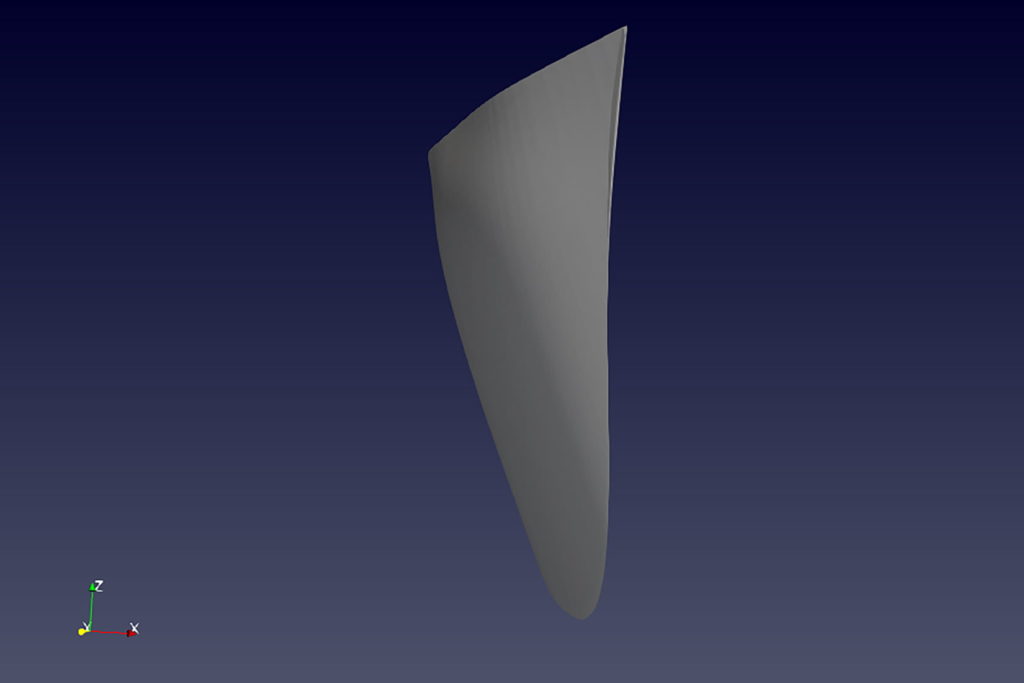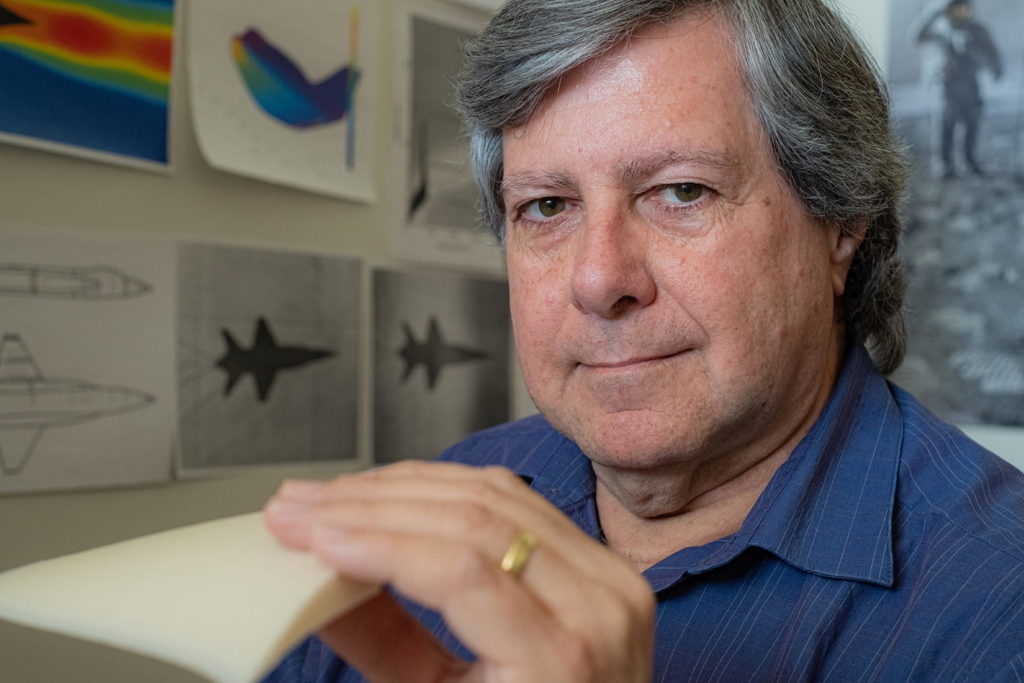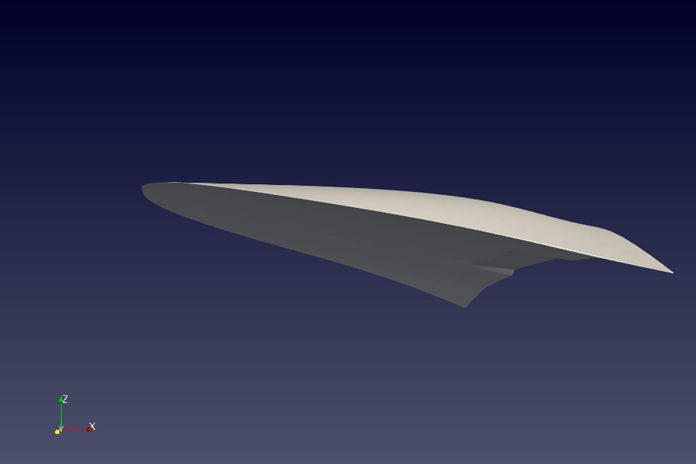An aerospace engineer at Rice University has designed a spacecraft called ‘capsule waverider’ that can survive fire and does more than catching a wave. It is designed to withstand a fiery return from space before floating like a surfer on its shock wave.
The Spacecraft is ten times faster than typical airplanes. At such speed, air flowing around an aircraft behaves in ways that are fundamentally different from how air flows around a conventional aircraft.
Patrick Rodi, a professor in the practice of Rice’s Department of Mechanical Engineering, said, “When you have a hypersonic flow, you generate shockwaves. As a designer, you can choose the shape of that geometry such that the shock wave lies right along the vehicle’s leading edge. So it’s riding its shock wave.”

“The waverider design stops the high-pressure air from leaking away.”
“You’re expending energy to compress the air, and now you’re using that high-pressure air as efficiently as possible. You’re not losing that lift. You’re capturing it by shaping the geometry, riding the wave. And it’s very efficient. That’s the big thing about waveriders. The lift-to-drag ratio is high, which correlates linearly with gliding distance, or range, the metric you’re looking for.”
“When it first enters the atmosphere, it punches pretty deep, and it gets hot. There’s high-pressure loading, high heating. For re-entry, you want something that can survive that high heating. You want a vehicle that kind of looks like a traditional space capsule. As a glider, you want something very efficient, with a high lift-to-drag ratio.”

“The capsule waverider class balances those demands. On one side, it has the rounded, blunt shape reminiscent of a traditional space capsule heat shield. On the opposite side, it is a wing-shaped waverider glider.”
“This concept would allow you to come in like a capsule, flip over to a waverider, glide around, look things over, find your landing spot and then either drop off equipment with parachutes, glide in and skid across the Martian surface, or pitch up and land on the vehicle’s tail. It gives you a lot of options.”
Rodi was scheduled to present the capsule waverider design last month in Montreal at the American Institute of Aeronautics and Astronautics (AAIA) Space Planes and Hypersonic Systems and Technologies Conference, which was canceled due to the coronavirus.
